Karl Drais developed the first bicycle in 1817, or was it the Scotsman Kirkpatrick Macmillan? Because, unlike Drais’ “Draisine”, Macmillan’s wooden construction maybe was the first real bicycle, since it was the fist one with a pedal drive. This shows: Not every invention story is easy to reconstruct.
But the question we have been asking ourselves, and which we would like to answer in this article, is: Who invented the rotary or control knob? Someone must have thought, “It might be a good idea to turn something to control this device!”
So our curiosity was sparked, and we dug a little deeper to find out more about how operating various appliances from almost every industry with rotary knobs has become so commonplace for us today. Spoiler alert: The answer, as so often, is “It all depends!”
In this article, we go back in time, step by step, and discover some exciting invention stories on our way to the origin of the rotary knob.
Image: Chuttersnap
How innovative technologies make the rotary knob smart
We start our journey in 2019 with the founding of XeelTech and the launch of our HAPTICORE rotary haptic actuators, demonstrating that rotary knobs are by far not outdated. Instead, we build on the success story of one of the most intuitive input devices of all time and overcome the limitations imposed by a single mechanical detent to make the classic rotary knob smart. Thereby, we do not use a motor, but instead the special rheological properties of so-called MR fluid and MR powder, smart materials allowing us to create freely programmable haptic feedback patterns, only with the use of software.
But even though we have been distributing our HAPTICORE products for some years now, the technology itself, invented by Austrian engineer and XeelTech CEO Stefan Battlogg, reflects about twenty years of research and development. Learn more about our HAPTICORE technology and how it works.
XeelTech booth with HAPTICORE products & Eval Kits and the HAPTICORE Arcade retro demo at Electronica 2022 in Munich, Germany | Image: Louis Hoffmann
On the tracks of the inventor of the rotary knob
Now we make a bigger leap in time as the innovations of the 2000s were mainly dominated by the development and improvement of touchscreens. However, the next stop of our journey lies decades ahead the invention of the first touch display (1965 in Malvern, England by Eric A. Johnson). We travel back to the 1920s when a new type of communication technology was starting to gain great popularity: the radio. The rapid rise of the new wireless communication technology and the worldwide interest in devices to receive this new kind of broadcasted information not only led to the rise of many hi-fi and consumer electronics brands that are still well-known today but also to the presence of countless rotary knobs to select frequency and volume in living rooms all over the world.
The first radio was patented by Guglielmo Marconi in 1904. The decisive pioneer, however, was not just Marconi, but also Heinrich Hertz, who proved the existence of electromagnetic waves in 1887, and above all Nicola Tesla, who discovered the wireless transmission of radio waves with a resonance transformer as early as 1883. On the other hand, Lee De Forest, inventor of the “Audion”, and Edwin Howard Armstrong and his “Regenerative Receiver” were responsible for the commercial success and further development of the young radio technology and laid the foundation for numerous consumer products.
Image: Alessandro Cerino
When mistrust drives innovation
In other words, the rise of the rotary knob as an input device for electronic devices already dates back about 100 years. However, even though the radio established the rotary knob as an input device in the broad public, pictures of Marconi’s first apparatus show that he, too, was already using rotary dials and switches. Thus, the technical origin has to be traced back even further.
We remain in the realm of communications technologies since the “rotary dial” was developed as the input element for the first wired telecommunications devices in 1889 by the American inventor Almon Brown Strowger. Strowger was an entrepreneur and operator of an undertaking business in Kansas City, Missouri. Anecdotally, out of distrust of his local telephone provider and suspecting that their operators were forwarding calls to a competitor, he developed the rotary dial as an alternative to the manual routing of telephone calls that was common at the time. The innovation took off and from then on allowed users to enter phone numbers directly instead of having to rely on an operator.
Image: Antoine Barres
The invention of the first practical telephone in 1876 is credited to Alexander Graham Bell, a Scottish-born inventor, scientist, and engineer. And even these first telephones were equipped with rotating handles, allowing the user to enter telephone numbers.
The century of the rotary knob
If we go back in time even further, we come to the basic technologies of (mechanical) rotary controls. But even if it seems that we are close to answering our initial question, the clues disperse here.
The invention of the potentiometer, which is an important basic technology for modern rotary controls, is certainly interesting. But unfortunately, it is unclear to whom the credit for the invention should finally be attributed: the German physicist Johann Christian Poggendorff (1841) or the British physicist Charles Wheatstone (1840). And from this point on, traceability is finally lost, at least if one does not define exactly what to search for. One idea might be the rotary valve, but it is hard to find more than “early 19th century”. Similarly, the first mechanical knobs appeared at the same time in devices such as musical instruments, clocks, and mechanical toys.
Musical instrument “Ariston” phonograph and mechanical children’s toy from the 19th century exhibited at the Rocca di Angera, Lake Maggiore, Italy | Image: Louis Hoffmann
A final approach would be the ship’s wheel, which according to various sources was first used a good 100 years earlier at the beginning of the 18th century and is thus probably the oldest rotary control device. Or at least the oldest one we were able to find. Who knows, perhaps the inspiration for the ships’ rotary steering wheel came from the corkscrew, whose patent was filed in 1795 by Reverend Samuel Henshall from Oxford…
So, we’ll end our little trip through time at this point and instead, simply celebrate 100 years of rotary knobs in the mass market with the commercial breakthrough of the rotary knob in radio receivers in the 1920s! 🥳
Experience how our smart HAPTICORE rotary haptic actuators build on 100 years of rotary knob experience to bring back the benefits of simple, safe, and intuitive operation to complex user interfaces.
Image: Orbtal Media
You may also like…
Schedule a Free HAPTICORE Demo
Experience programmable haptic feedback
Learn how our technology works
Discover optimization potential for your HMI
Find the right HAPTICORE product for your application
You don’t want to wait? Check out our instant video tour and learn more about HAPTICORE.

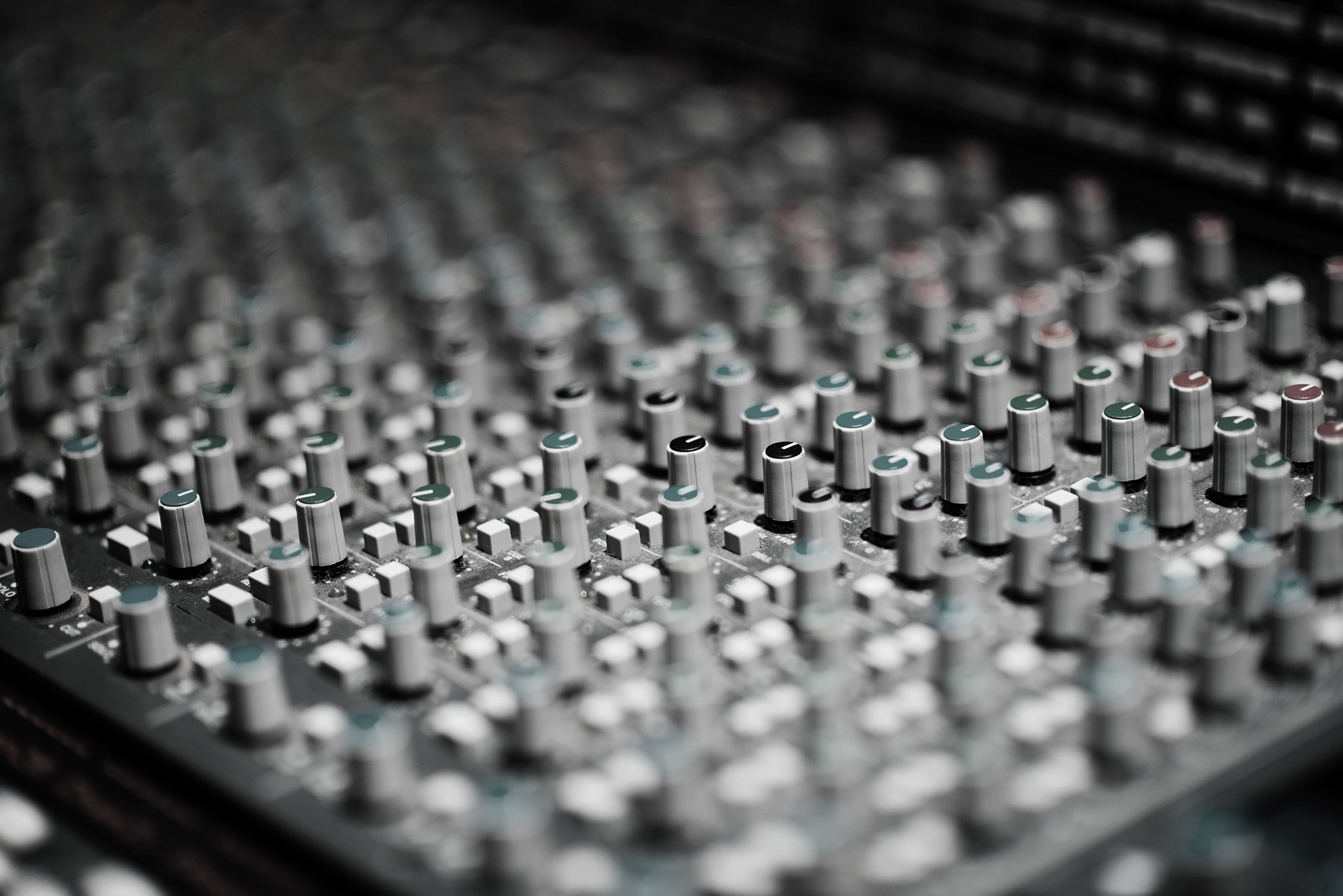
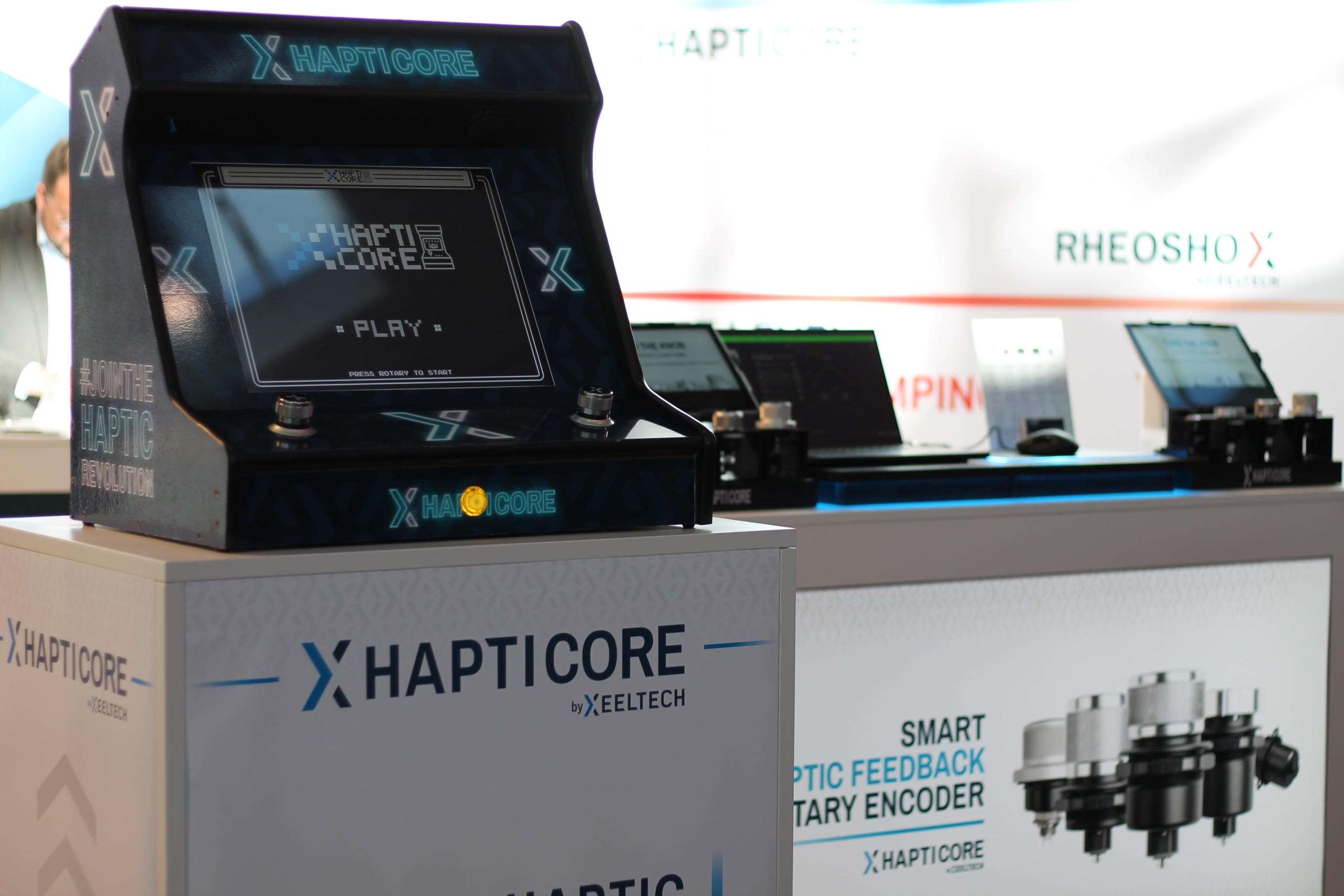

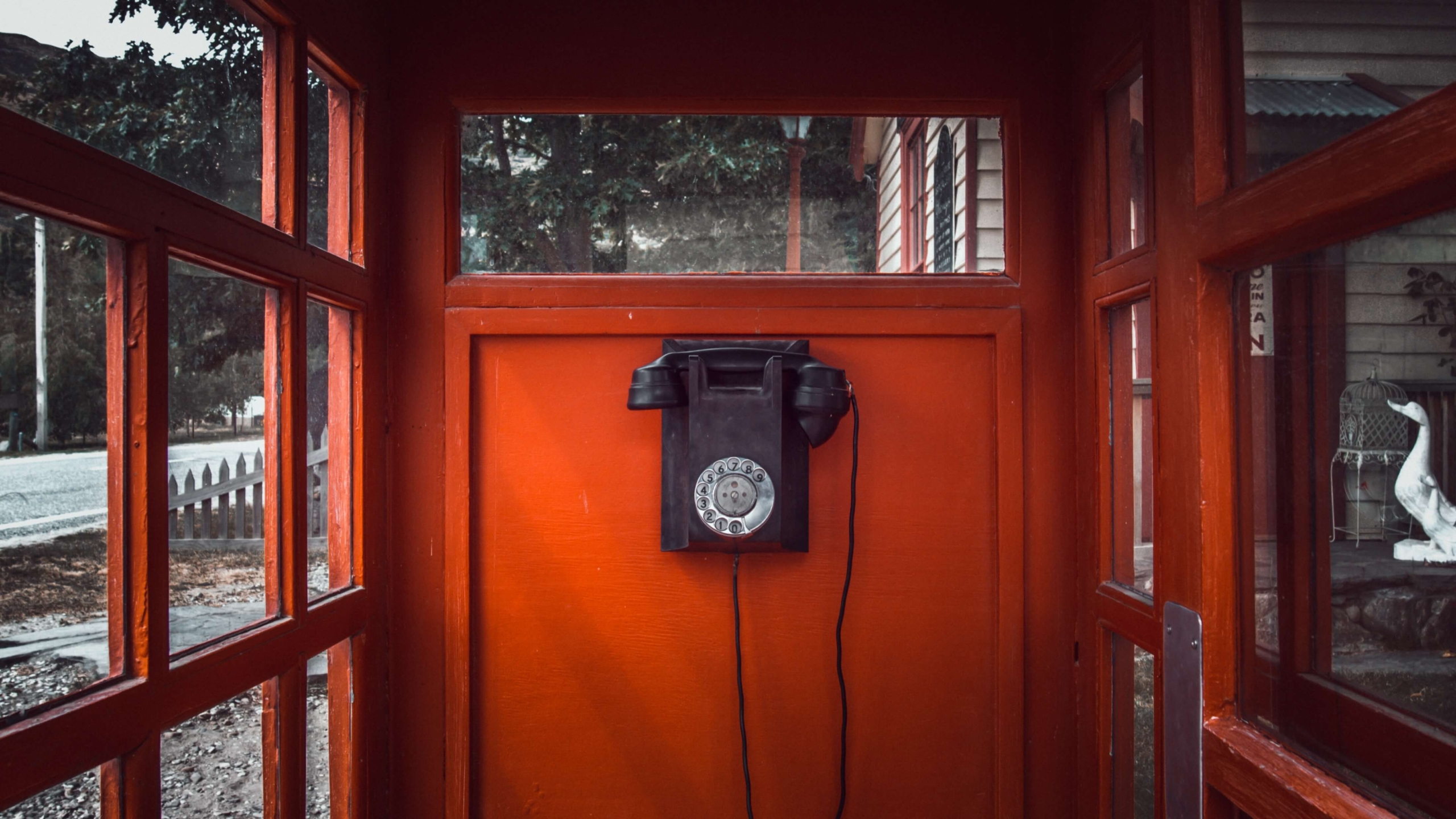
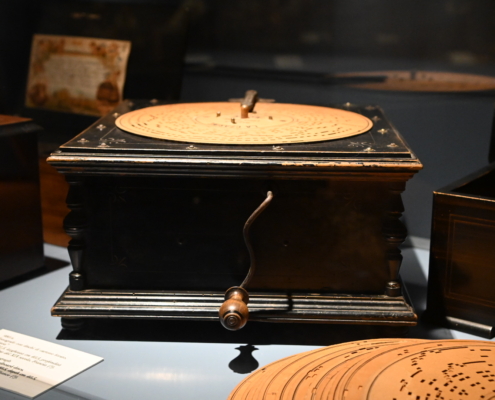
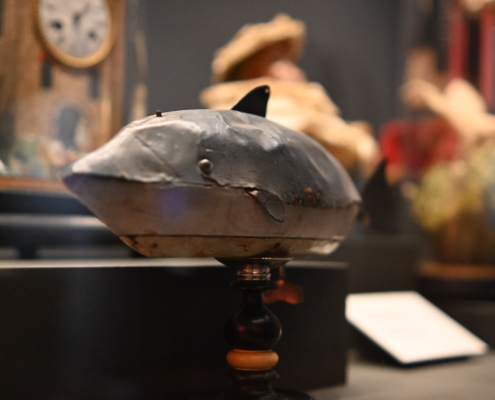



 © Becca Tapert
© Becca Tapert
Who invented the rotary knob
/in Blog, Haptics Wiki/by Daniel PanekHaptics in HMIs
/in Blog, Haptics Wiki/by Daniel PanekLearn more about how integrating haptics into your next HMI makes operating your devices simple, safe, and intuitive.
Describing haptic feedback
/in Blog, Haptics Wiki/by Daniel PanekLet’s talk about what you feel – well not on an emotional level… Let’s talk about why it is so hard to describe haptic feedback.